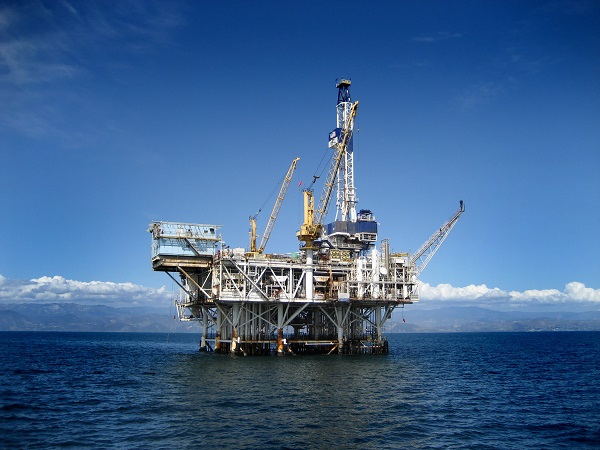Consider a Career in the Offshore Drilling Industry

Petroleum is an essential component of nearly all the world’s processes. It’s in the fuel for our planes, trains, ships, and automobiles, it’s in the asphalt on which we drive, and it’s even in the aluminum cans of our favorite soda. Thus it’s easy to understand why oil companies continue to provide numerous employment opportunities, despite what many consider to be a lull in the overall job market.
In fact, total US private sector employment has increased by roughly 1 percent since 2007; over that same period, the oil and natural gas industry increased by more than 40 percent. More specifically, the Labor Department’s Bureau of Labor Statistics (BLS) reports that jobs in the “drilling” category alone increased by over 6,000 positions since 2007. Offshore drilling provides an exciting employment opportunity for those willing to do the work.
Types of Jobs in Offshore Drilling
Because of the complicated process of oil extraction, there are a number of different positions on an offshore rig. Broadly speaking, there are four categories: leadership, equipment operators, roustabouts, and pumpers. As you can imagine, qualifications and salary for each vary depending on the job responsibilities and the hiring company. Some positions require advanced degrees in petroleum engineering, and others simply require a high school diploma.
Leadership
These are the men and women that oversee drilling operations and try to devise even more efficient ways to extract larger and larger amounts of crude oil. The BLS estimates that the average salary for this kind of work is approximately $150,000 per year. Any college students, or prospective students, reading this article should note that Petroleum Engineering is the most profitable college major, according to Forbes. In 2011, the average starting salary for a petroleum engineer was $80,000. Furthermore, the BLS predicts that petroleum engineers will see excellent job growth over the next decade—an estimated 18 percent.
Equipment Operators
Derrick operators (who build the drilling equipment) and service unit operators (who handle equipment monitoring and maintenance) also make good money. The average salary for both is around $50,000 per year. Typically this kind of work also requires an advanced degree in engineering.
Roustabouts and Pumpers
These are the manual laborers that clean and inspect equipment. Usually companies don’t require advanced degrees for this type of work, but some do require an apprenticeship with a seasoned worker. Typical salaries for this position hover around $40,000 per year.
Pros and Cons
More often than not, the headline for offshore drilling work is the large salaries. However, there are a number of other factors to consider. For one, the annual salary figure is somewhat misleading, as rig workers typically operate in shifts. Shifts are 12 hours a day for 14 days straight; after which workers are given 14 days off the rig to recover. According to the BLS, hourly wages range from $19-22 per hour. Rooms are tiny, the rig is noisy, and the workers are under constant threat of malfunction. What’s more, on an offshore rig it’s not possible to escape your work during your shift.
On the other hand, total vacation time (including off weeks) is about 30 weeks per year in some cases. Due to the rig’s constant operation, many workers have access to an inordinate amount of overtime pay. Add to that the fact that most rigs come equipped with their own restaurants, gyms, and sometimes even a movie theater. Moreover, meals and laundry are usually provided free of charge. If you can deal with the physical demands and occasional inconvenience, this is an excellent way to make a living.
This article was written by career advice blogger, John Perry. If you are interested in a career in offshore drilling, check out the offshore accommodations and living areas that each company offers, to be sure you will be comfortable in your home away from home.
